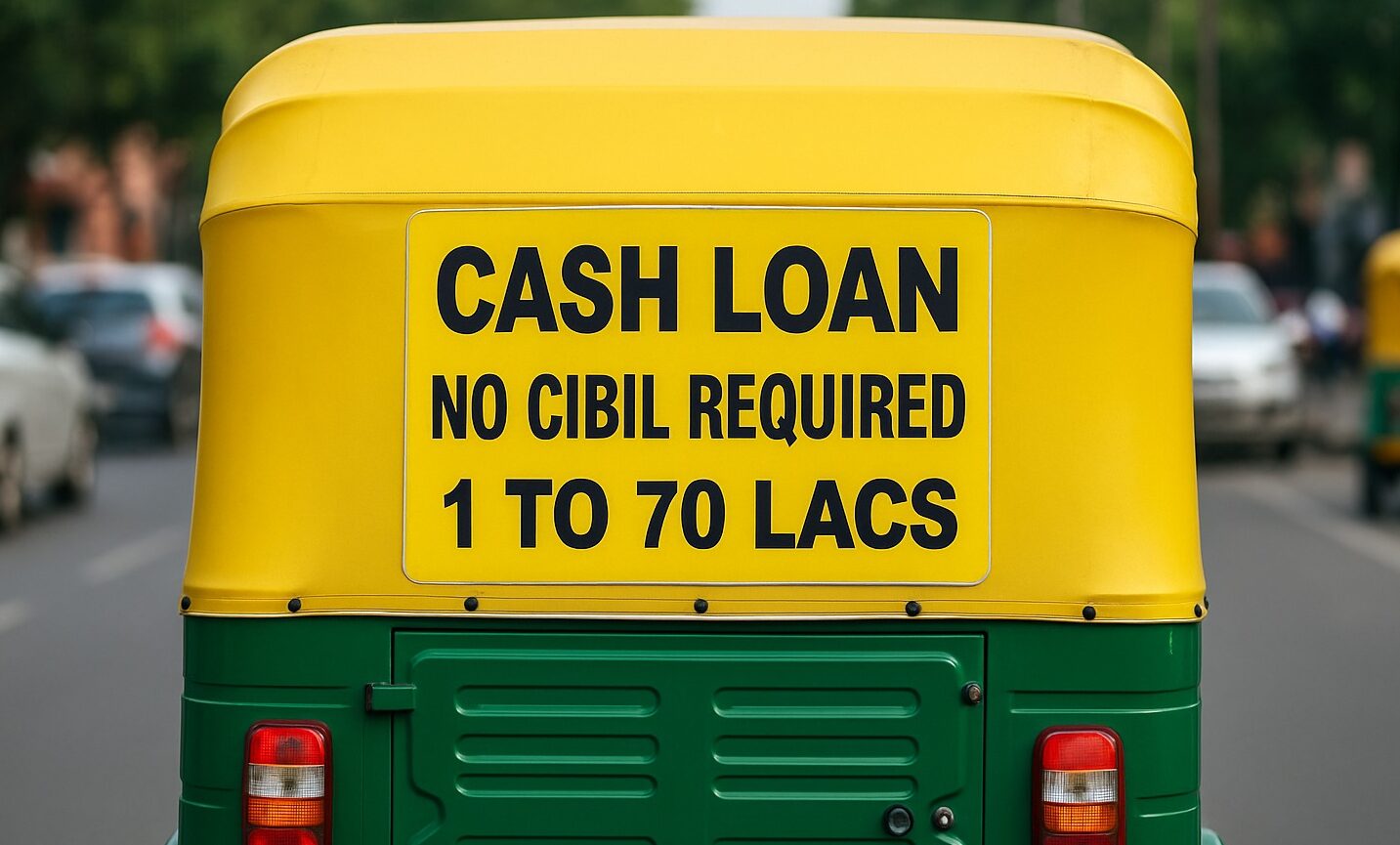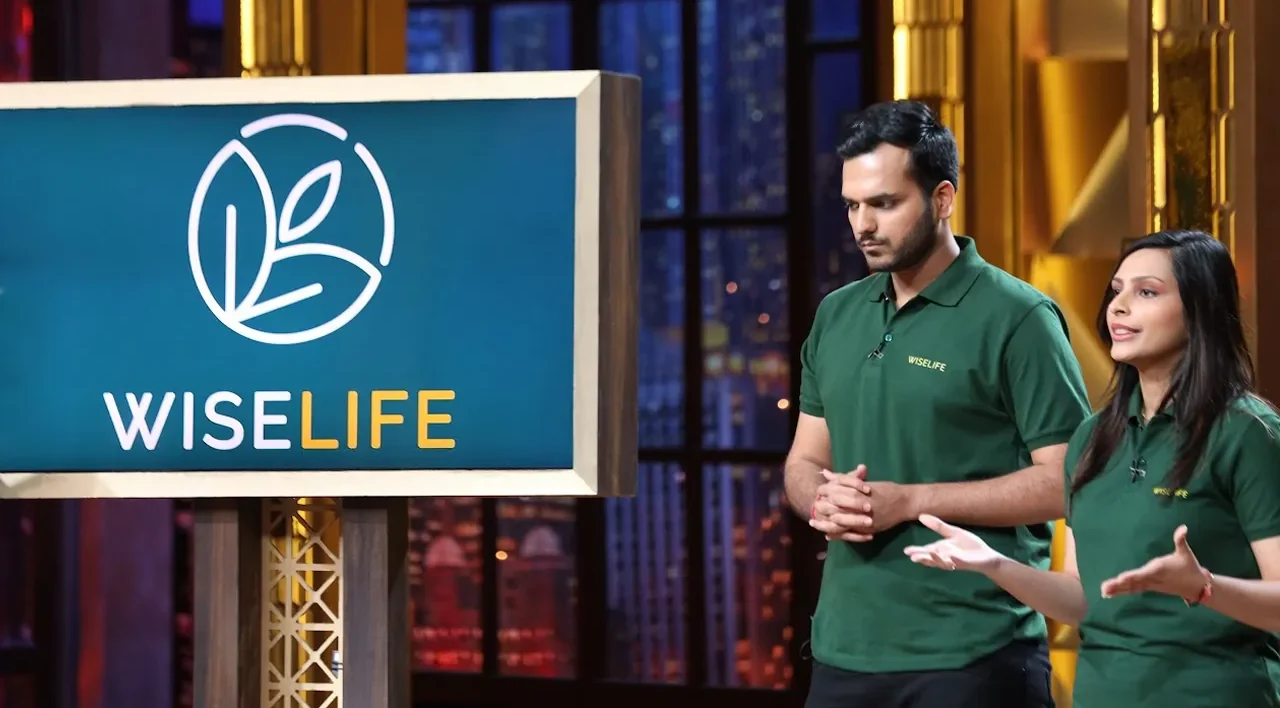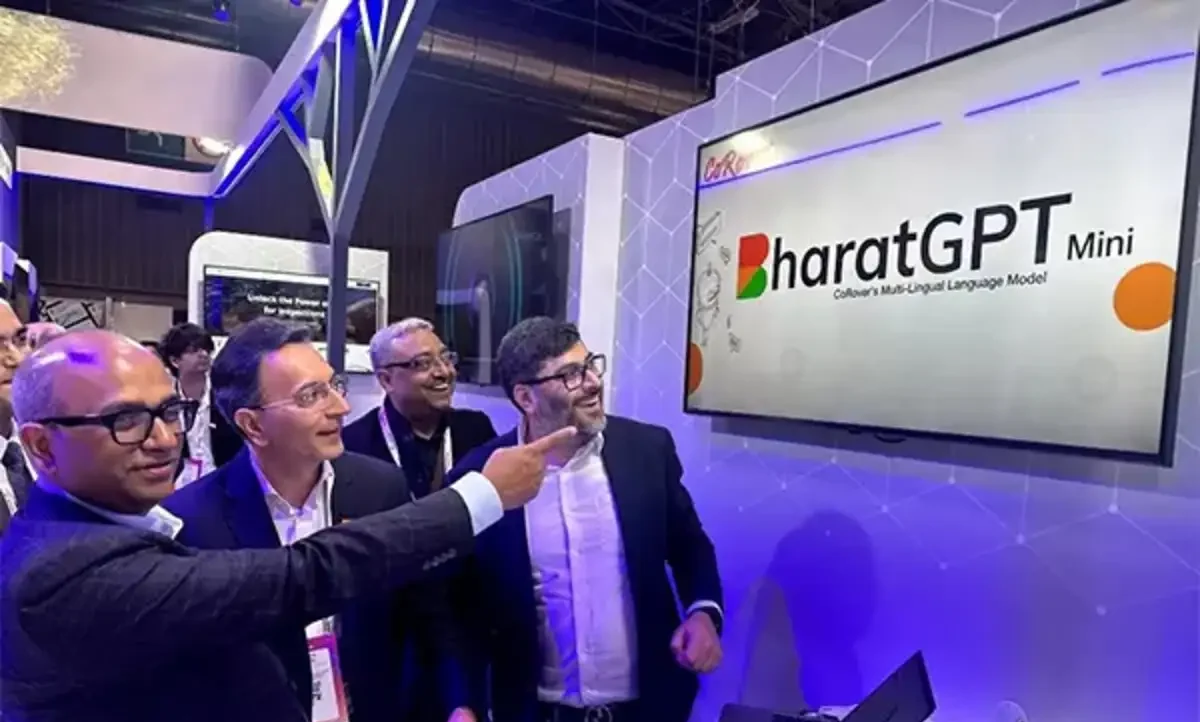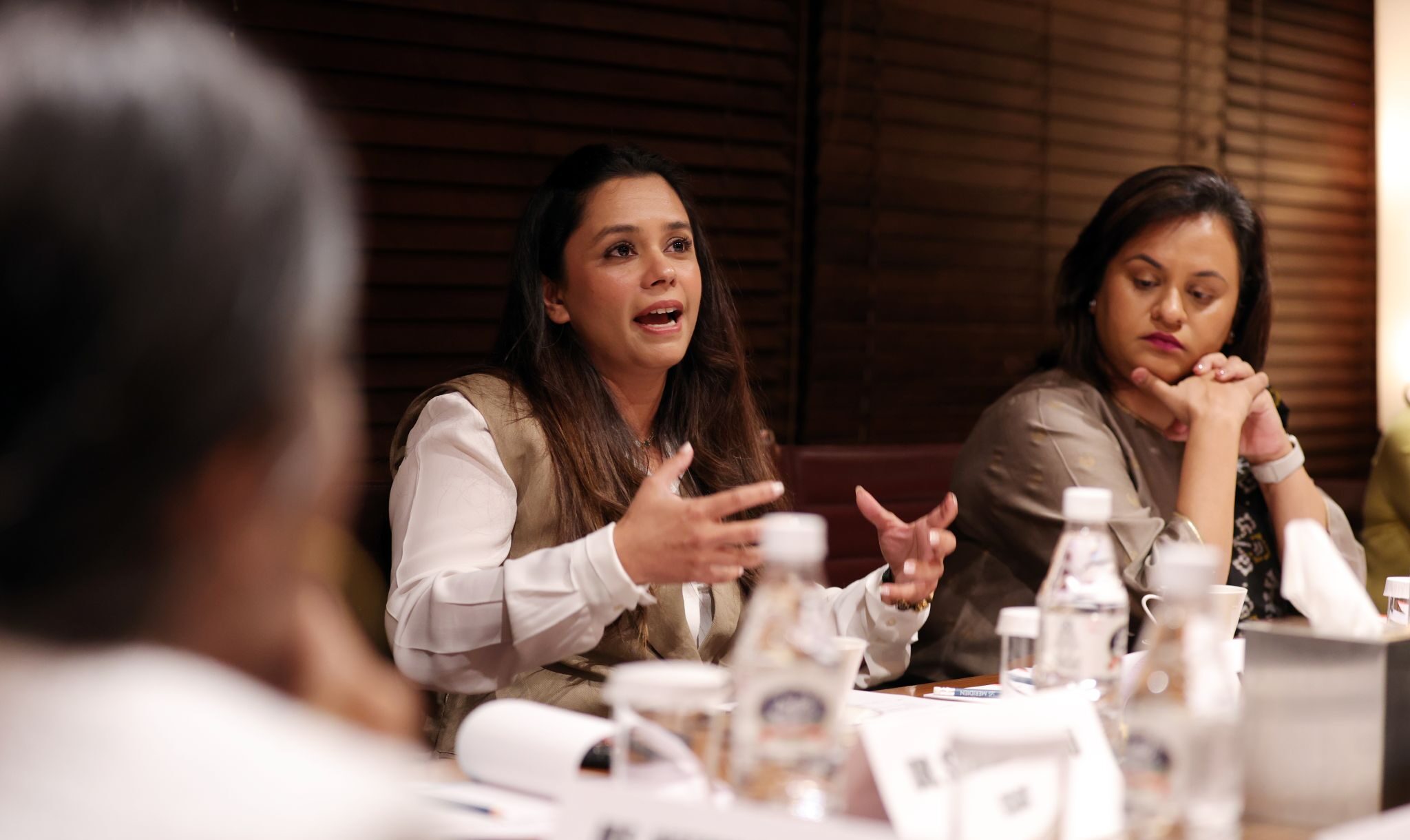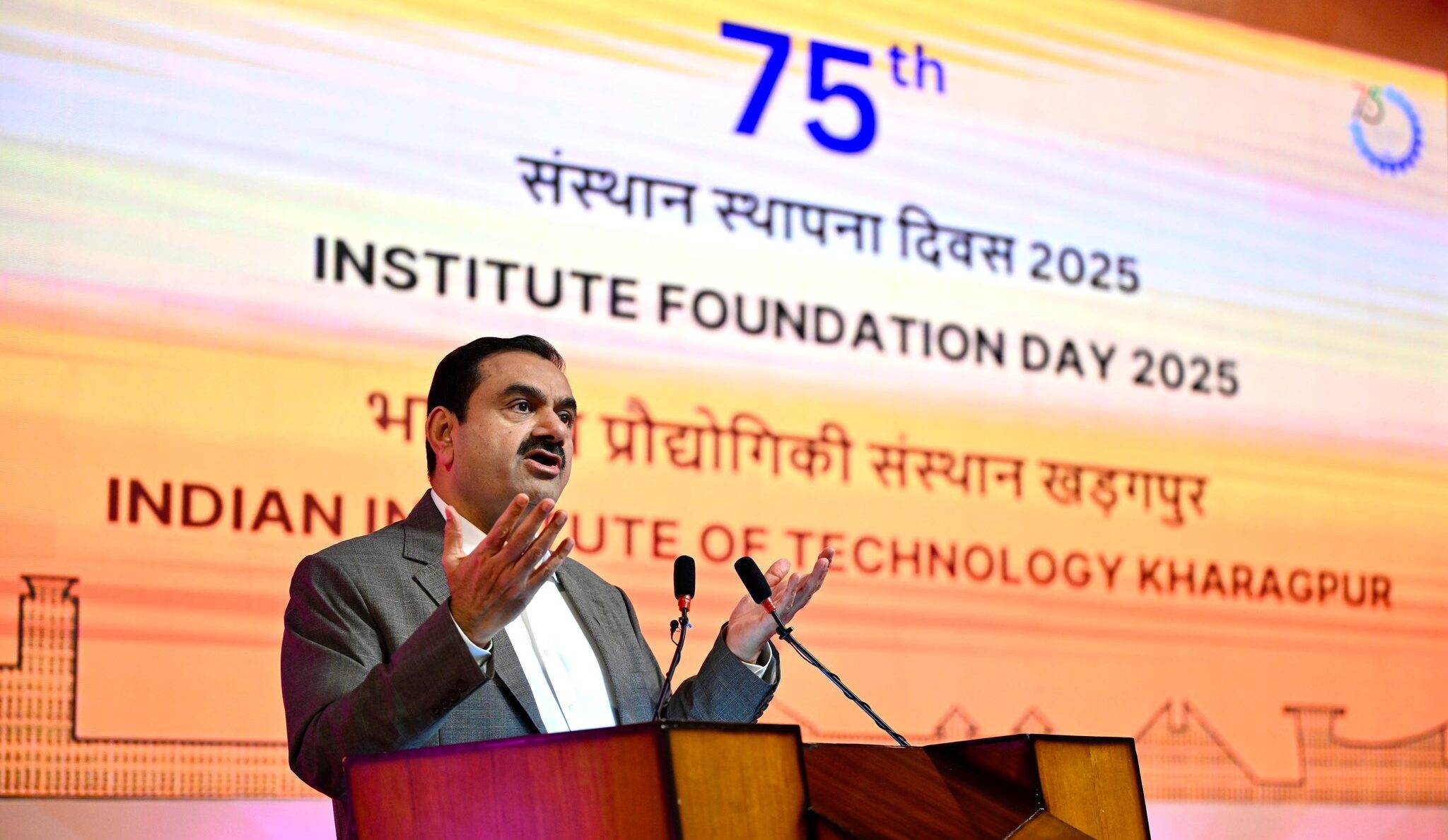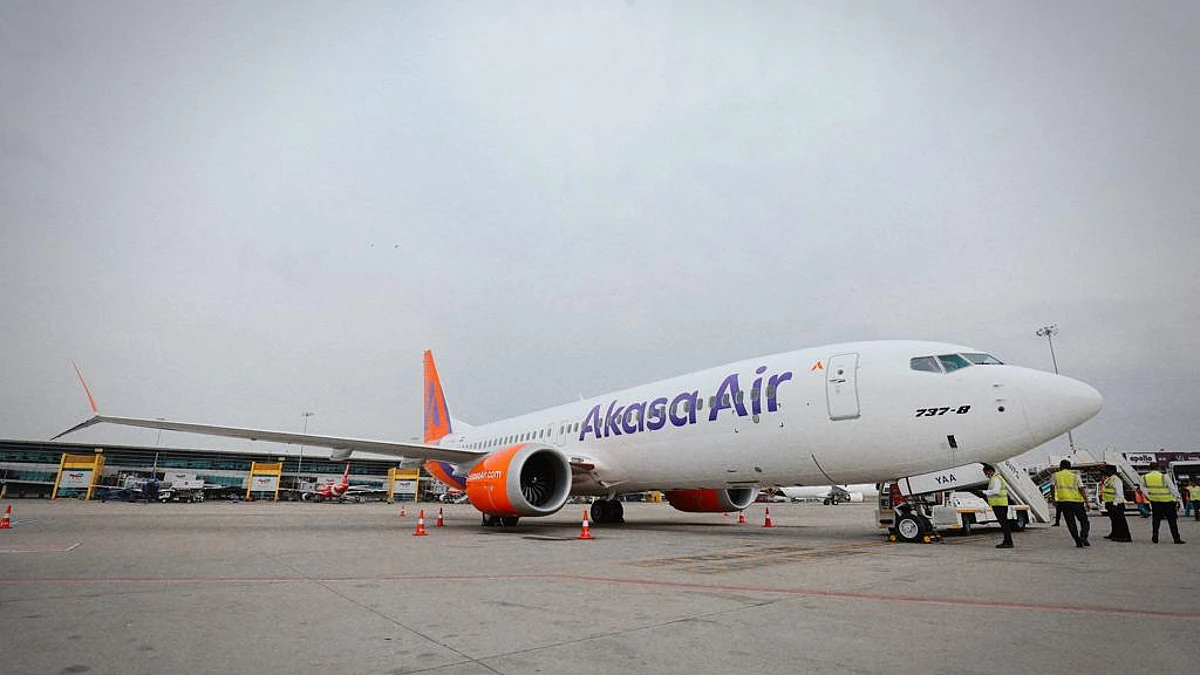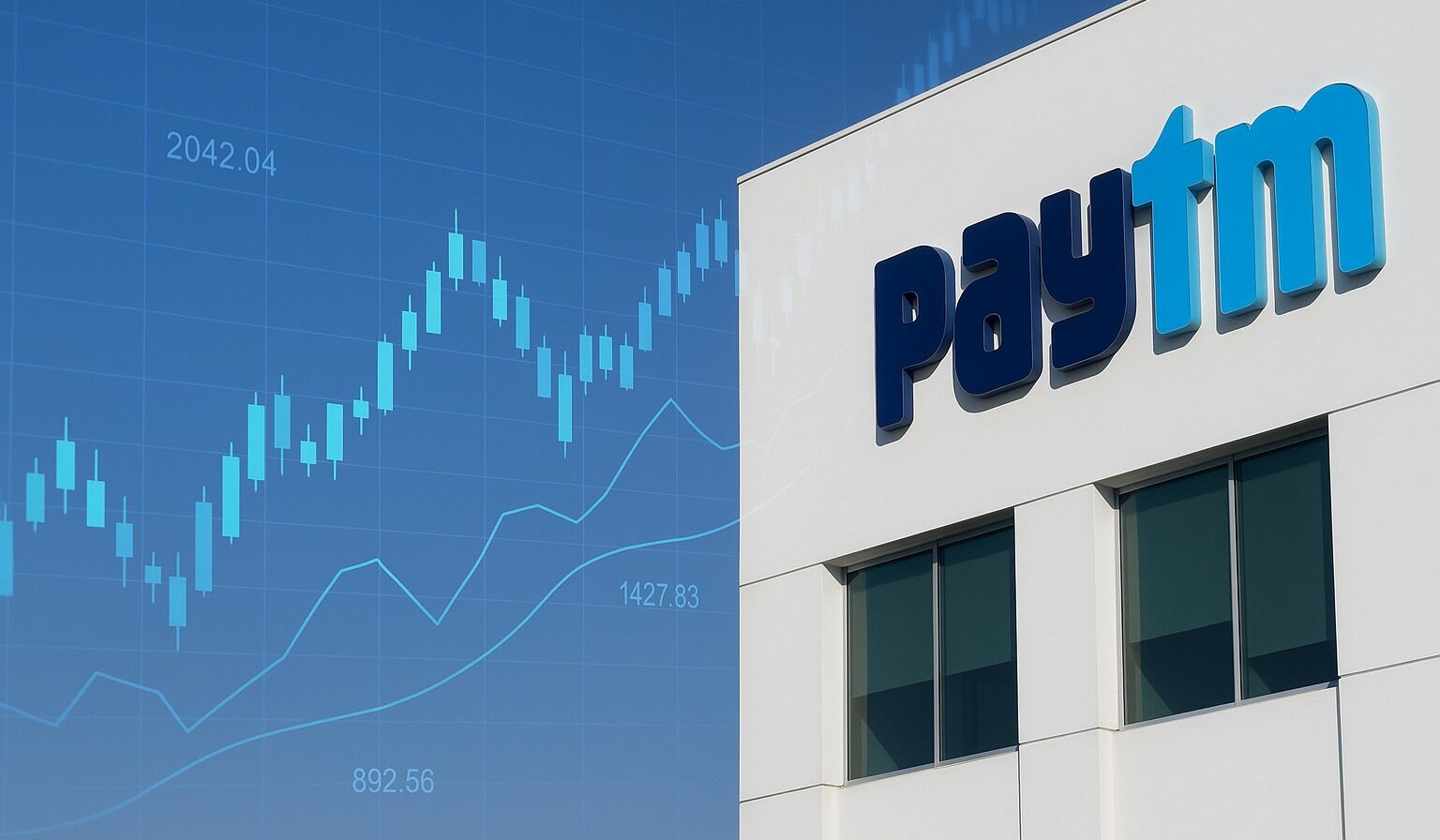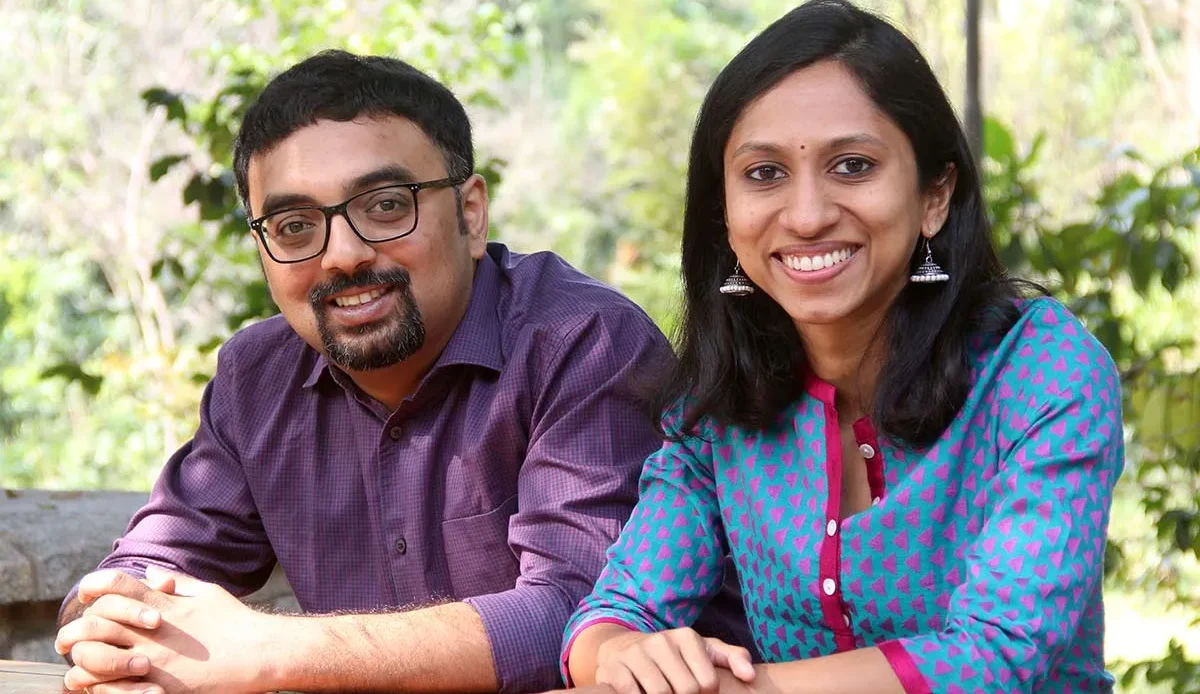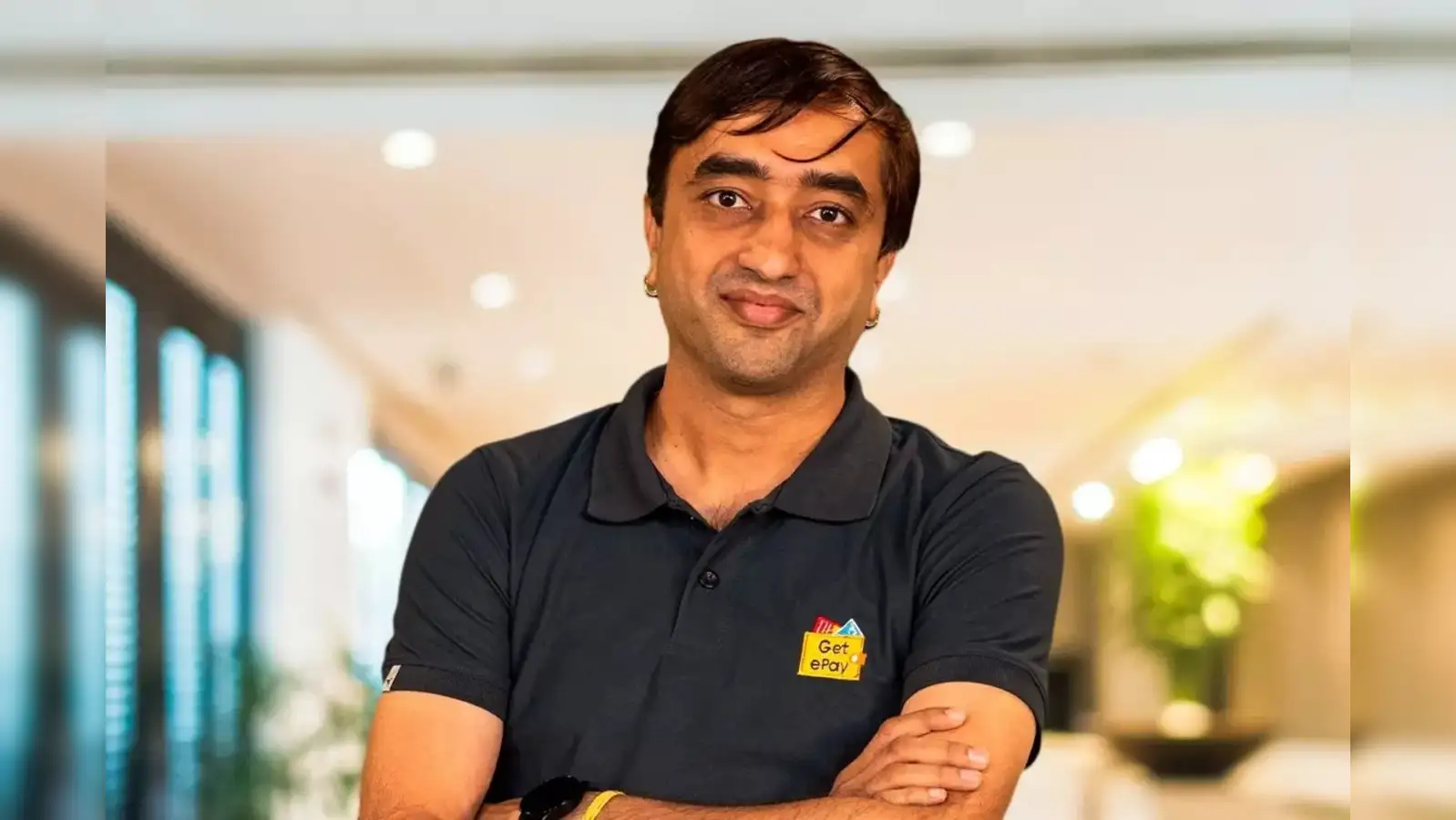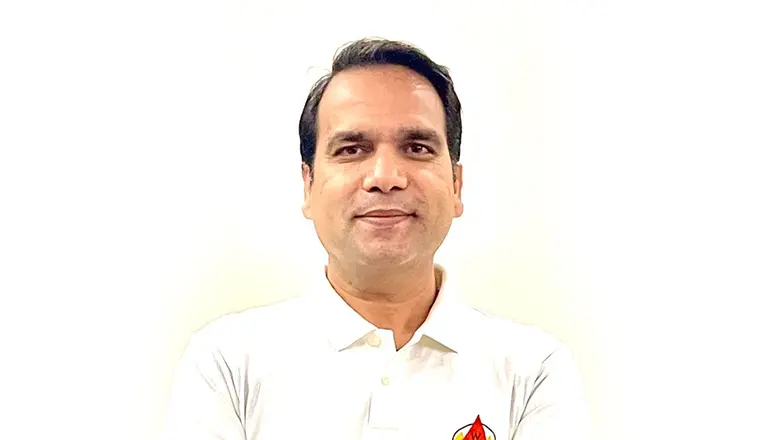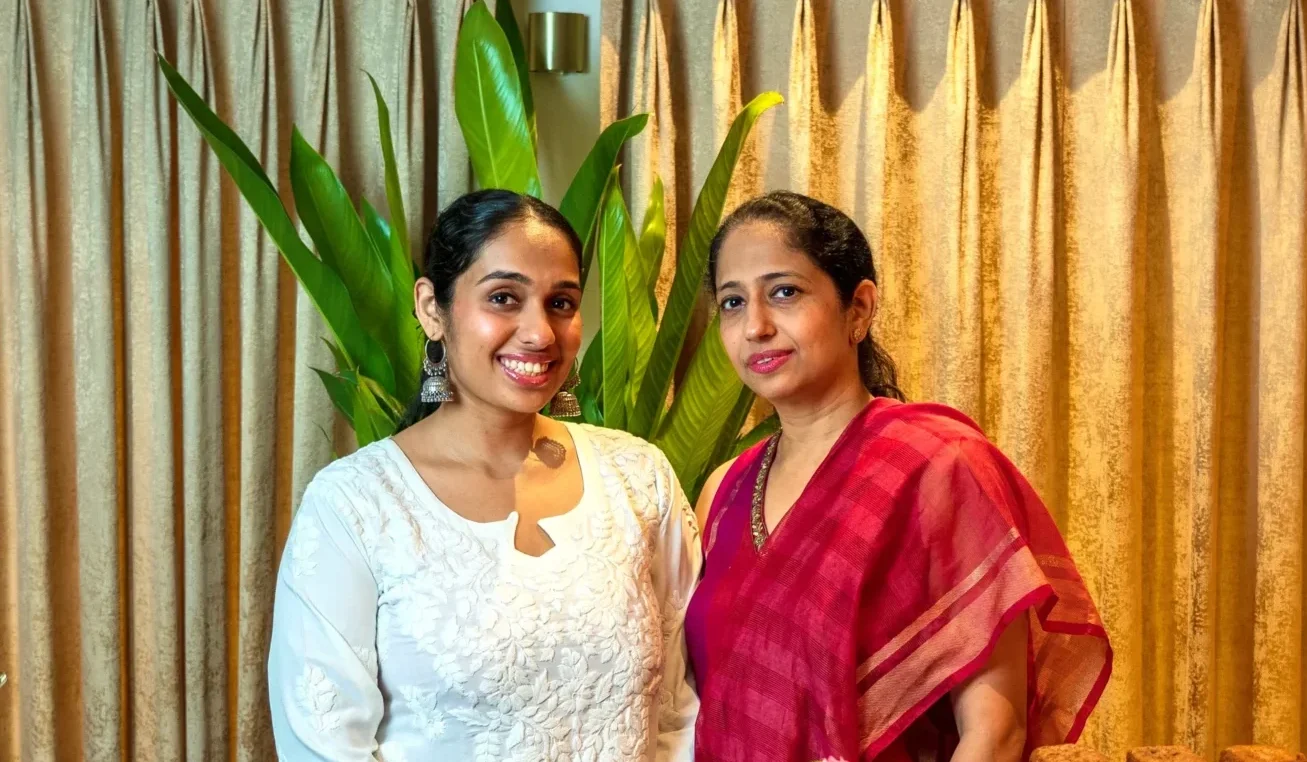Shadow lending in India is no longer hidden in alleyways or whispered through networks of moneylender, it is advertised openly on the back of auto-rickshaws. A small sticker reads: “Cash Loan: No CIBIL Required: 1 to 70 Lacs.” At first glance, it looks like a simple offer of fast credit. But behind such ads lies the country’s growing unregulated lending market, where access is quick, paperwork is minimal, and the real price of money is often devastating.
The issue was recently flagged by Shobhit Goyal, Founder of Beyond Financial Score (BeFiSc), who warned that what appears to be financial inclusion is, in practice, financial exploitation.
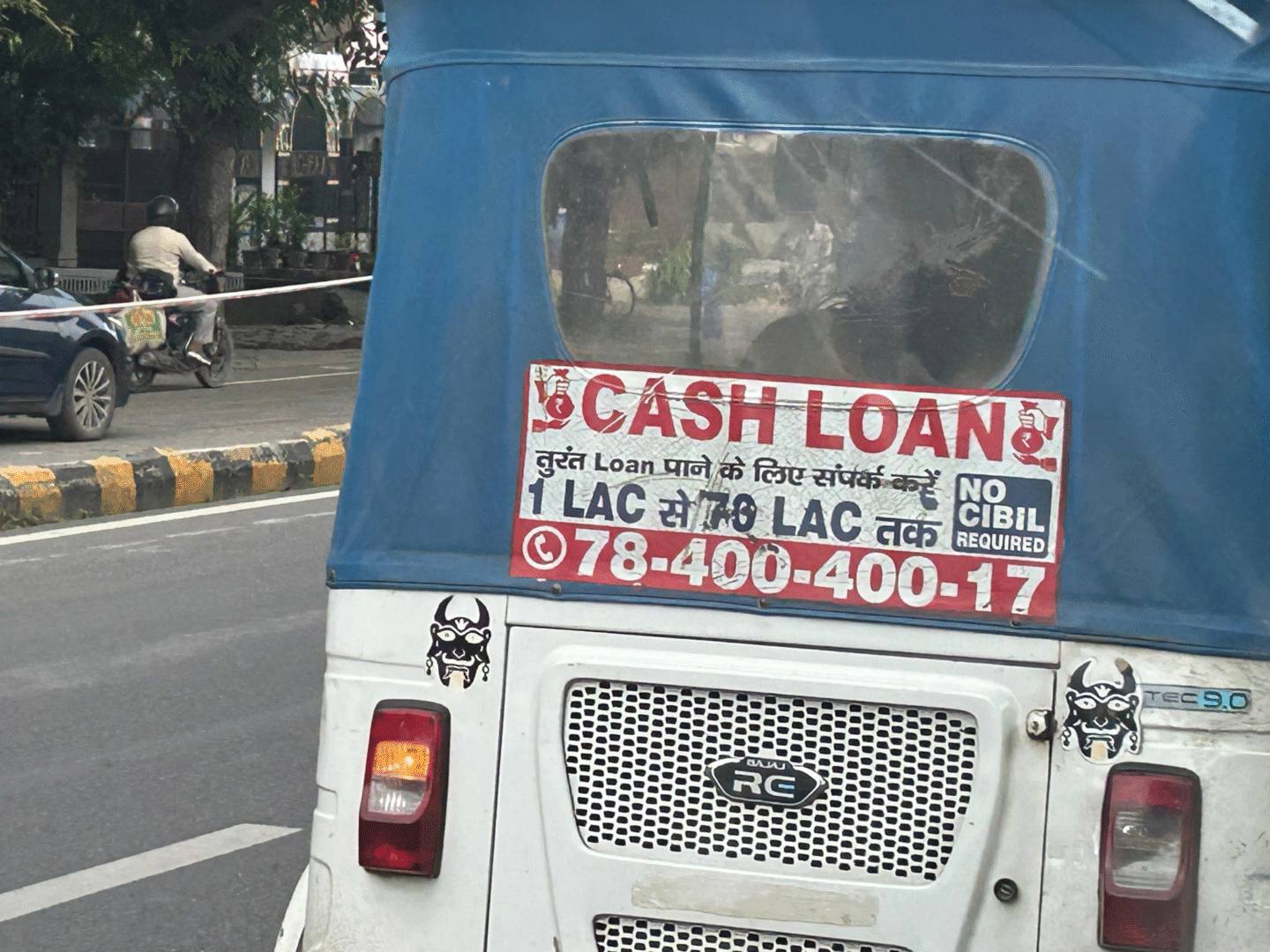
Shadow Lending: Unregulated Credit on the Rise
India’s formal lenders, including banks and non-banking finance companies (NBFCs), charge between 16–24% interest annually for personal and business loans. But the unstructured sector, which thrives on cash-based collateral deals, often goes far beyond these levels.
Here, interest is rarely stated in annual terms. Instead, borrowers are quoted weekly or monthly rates that quickly spiral:
- 3% per month → ~43% annually
- 5% per month → ~80% annually
- 2% per week → ~180% annually
Alongside these costs come processing fees, penalties, and aggressive recovery tactics, especially when collateral such as gold, vehicles, or property papers is pledged.
“Borrowers walk in thinking ‘easy loan,’ but many walk out trapped in cycles of debt, harassment, or the loss of their assets,” Goyal noted.
The Demand-Supply Gap
Experts point out that such shadow lending flourishes because millions of Indians remain outside the formal credit system.
- Workers in the gig economy, daily-wage earners, and small traders often lack formal income proof.
- Traditional credit scoring models exclude those with thin or no credit history.
- Emergency needs from healthcare bills to seasonal business expenses, create urgency where formal bank processes prove too slow.
The result: demand for credit continues to outpace formal supply, pushing borrowers into the arms of informal lenders who operate with few legal checks.
Regulation vs. Inclusion
The phenomenon raises a pressing policy question: Should India focus on tighter regulation of such unlicensed lending, or on faster expansion of safe, formal credit?
Analysts argue the answer lies in a twin strategy:
- Crack down on predatory practices by enforcing licensing norms, requiring disclosure of lender identity, and penalizing misleading advertisements.
- Expand access to regulated credit by using tools like the Account Aggregator framework, UPI transaction data, and co-lending partnerships to underwrite borrowers without heavy paperwork.
Consumer awareness is also key. Many borrowers, unaware of effective annual rates, underestimate how quickly debts compound when charged in monthly or weekly cycles.
Gap Needs To Be Bridged
The sight of loan ads on auto-rickshaws is more than a quirk of urban India, it is a symptom of unmet financial need. While fintech innovation has brought millions into digital payments, formal credit penetration still lags. Until that gap is bridged, the lure of “no CIBIL” loans will remain strong, even if the consequences are harsh.
As Goyal cautions, “This isn’t financial inclusion. It’s financial exploitation.”
Also Read: Paleoo Bakes: Guilt-Free Sugar-Free Dessert Revolution









